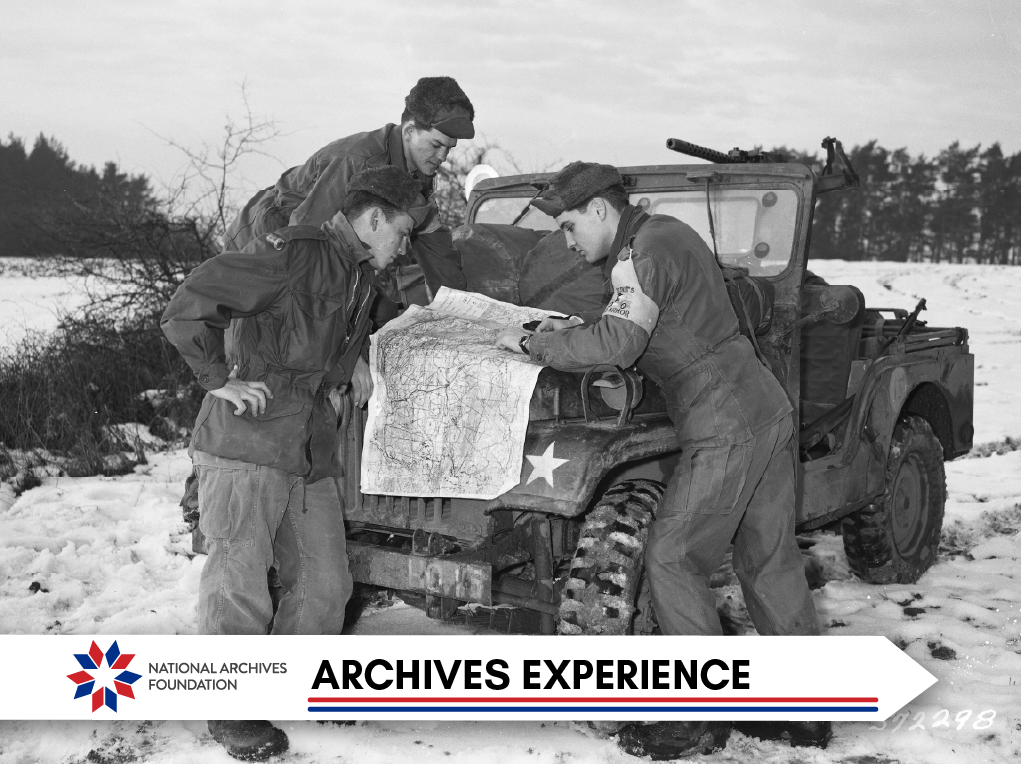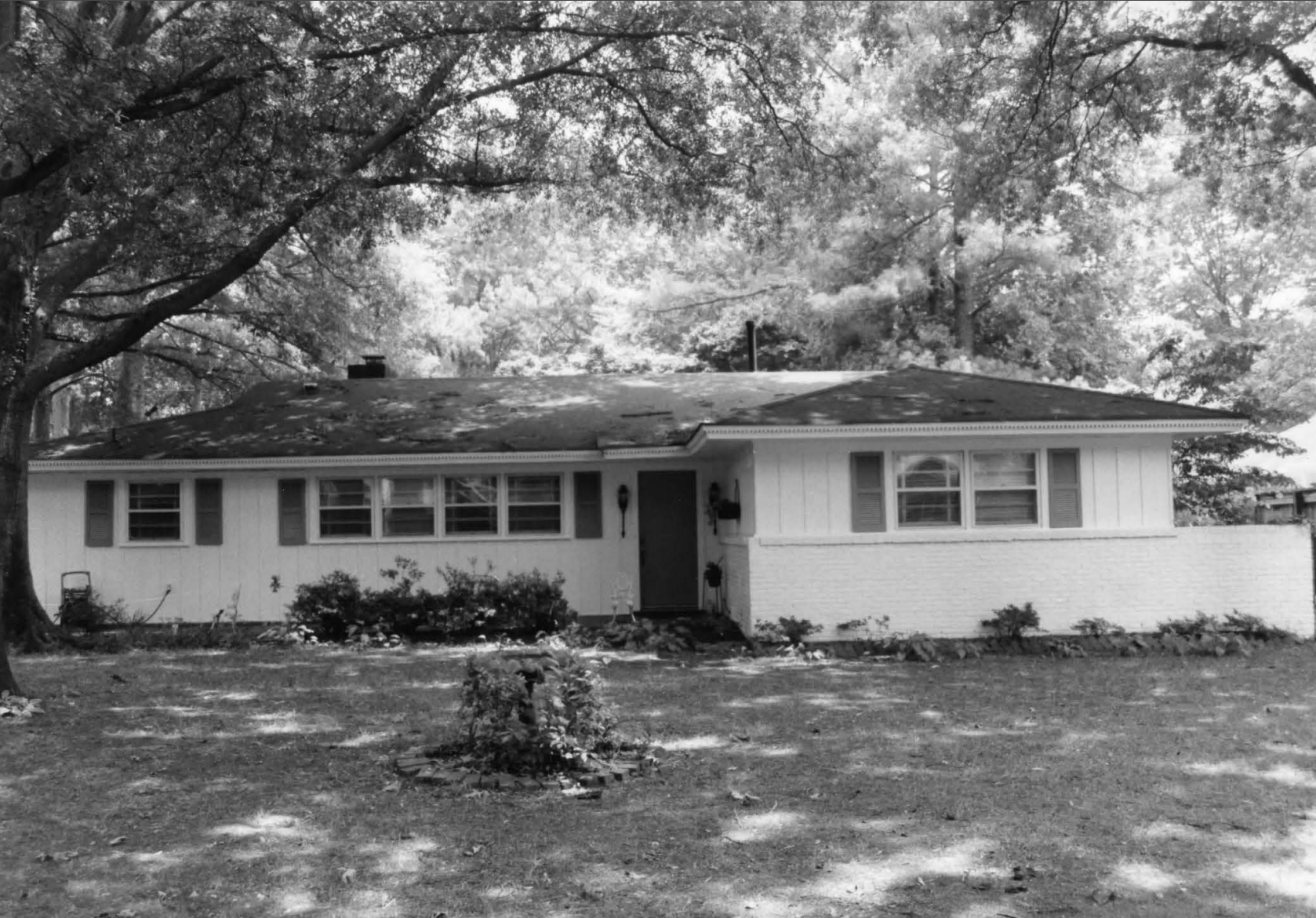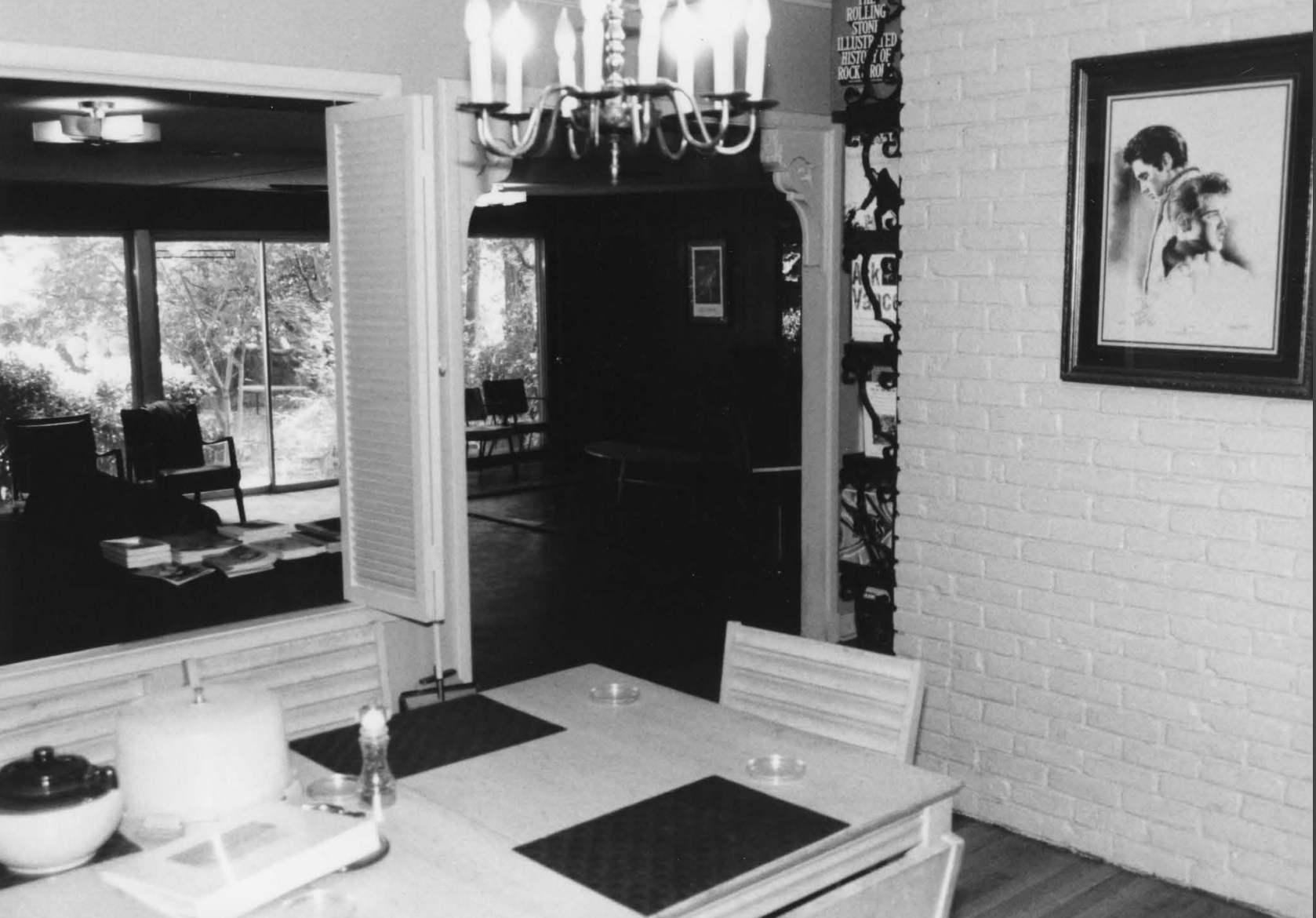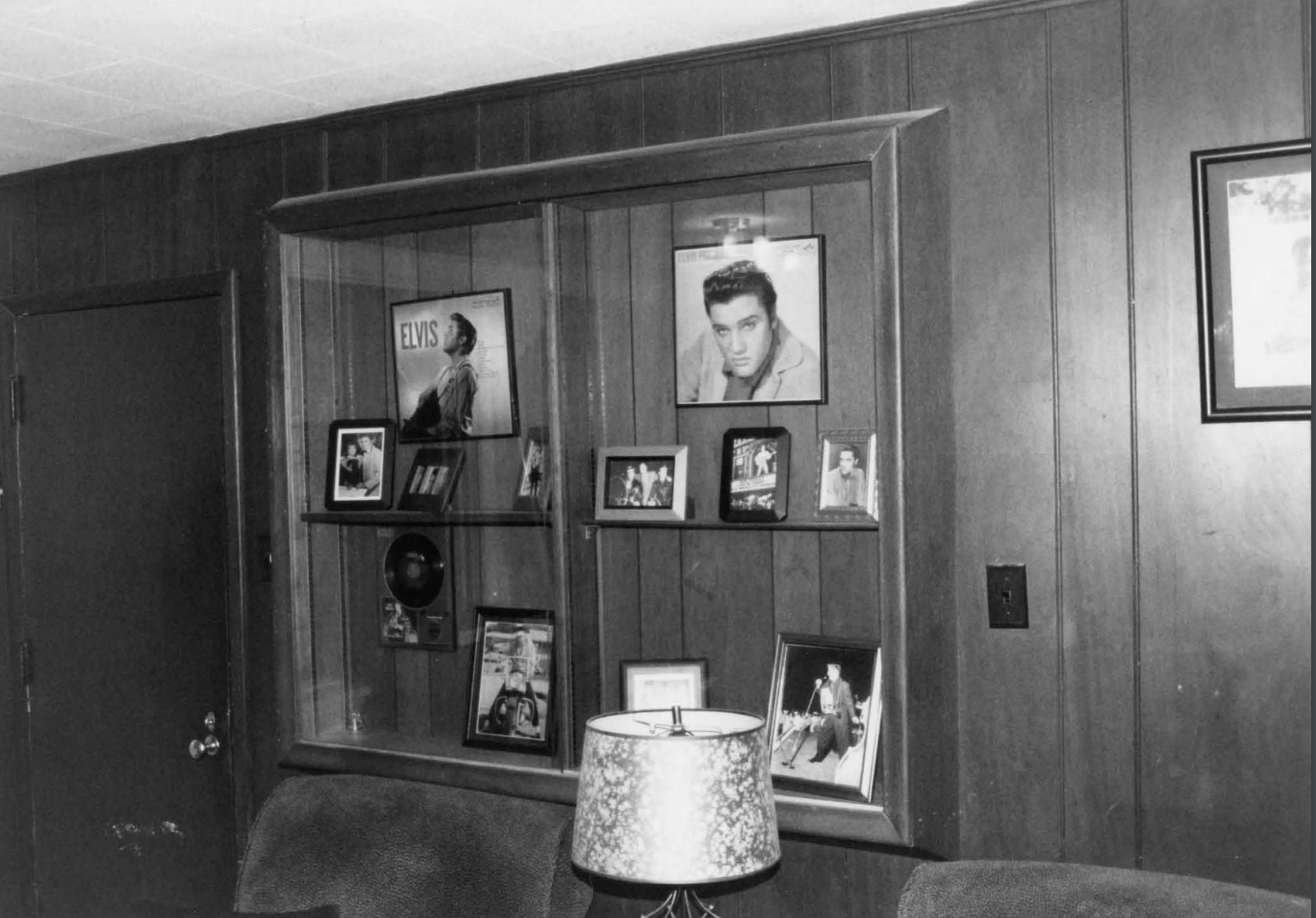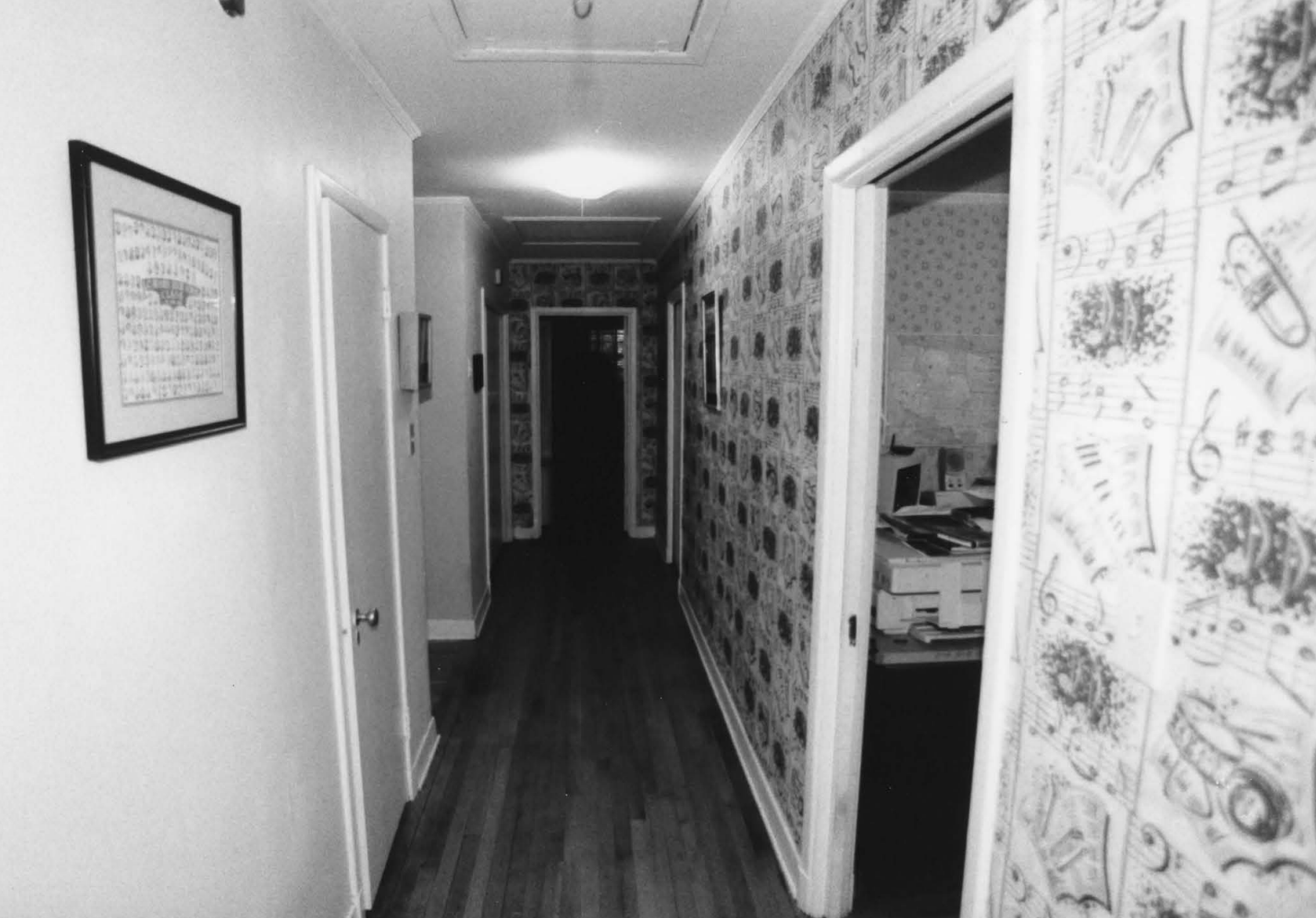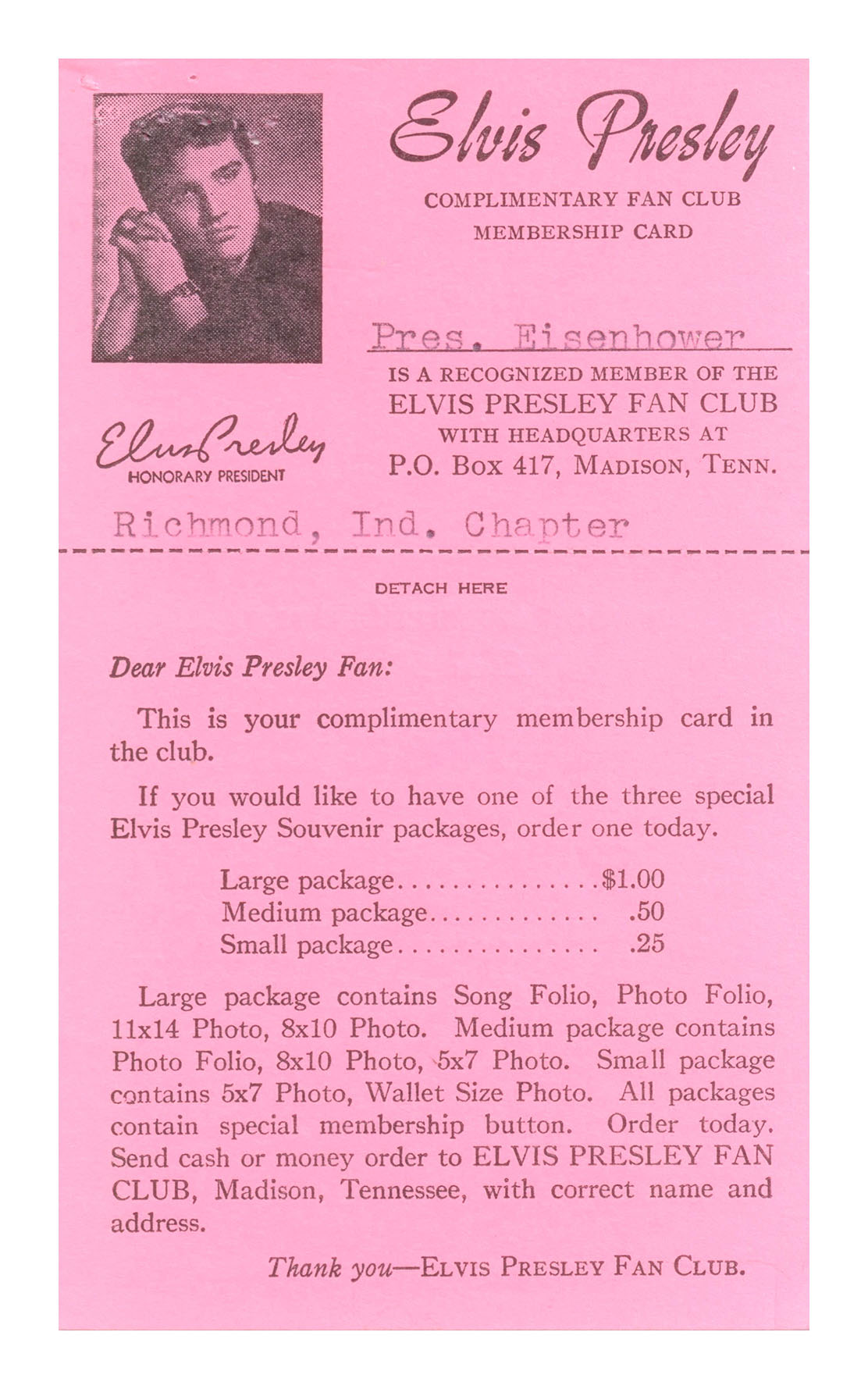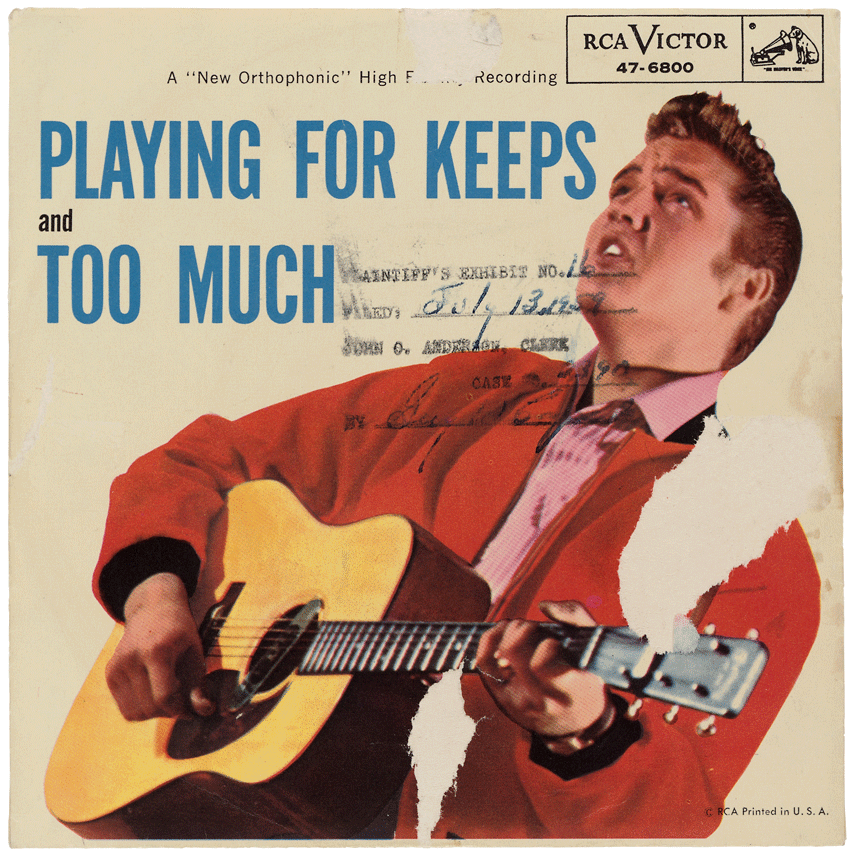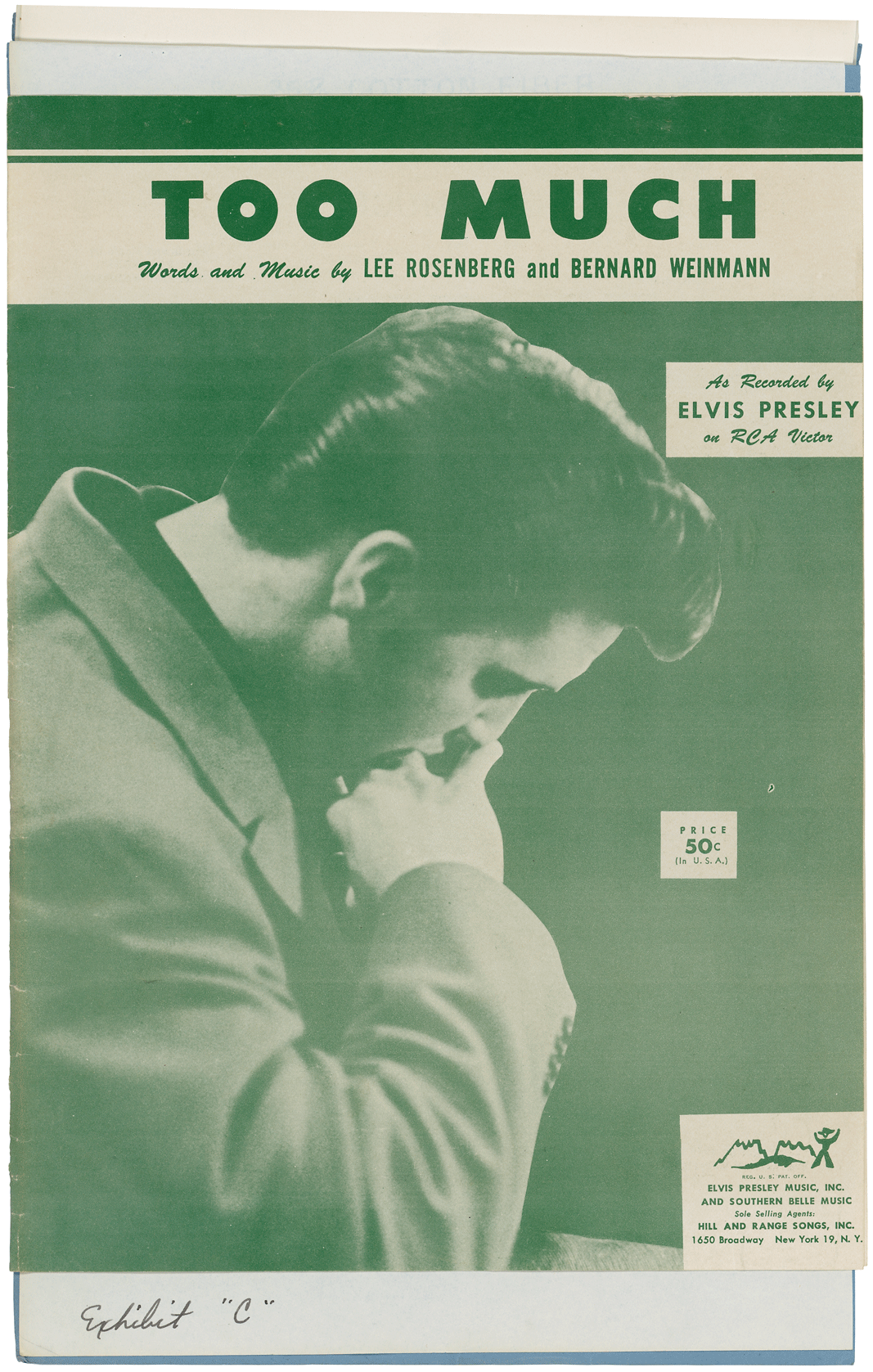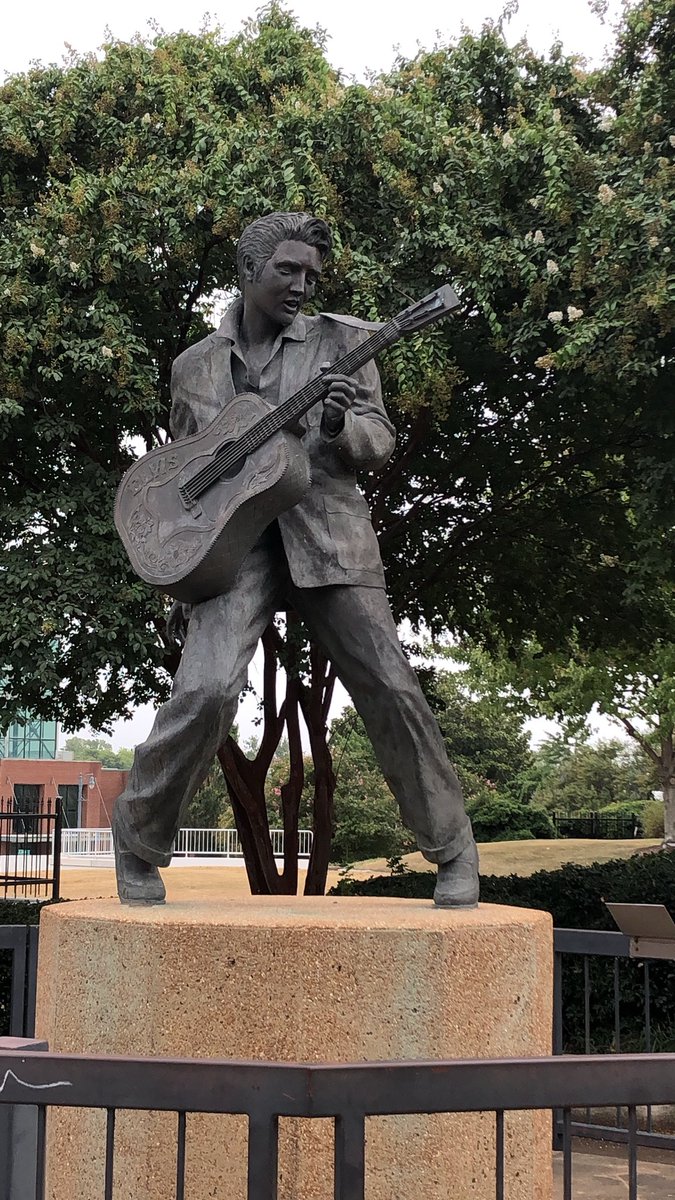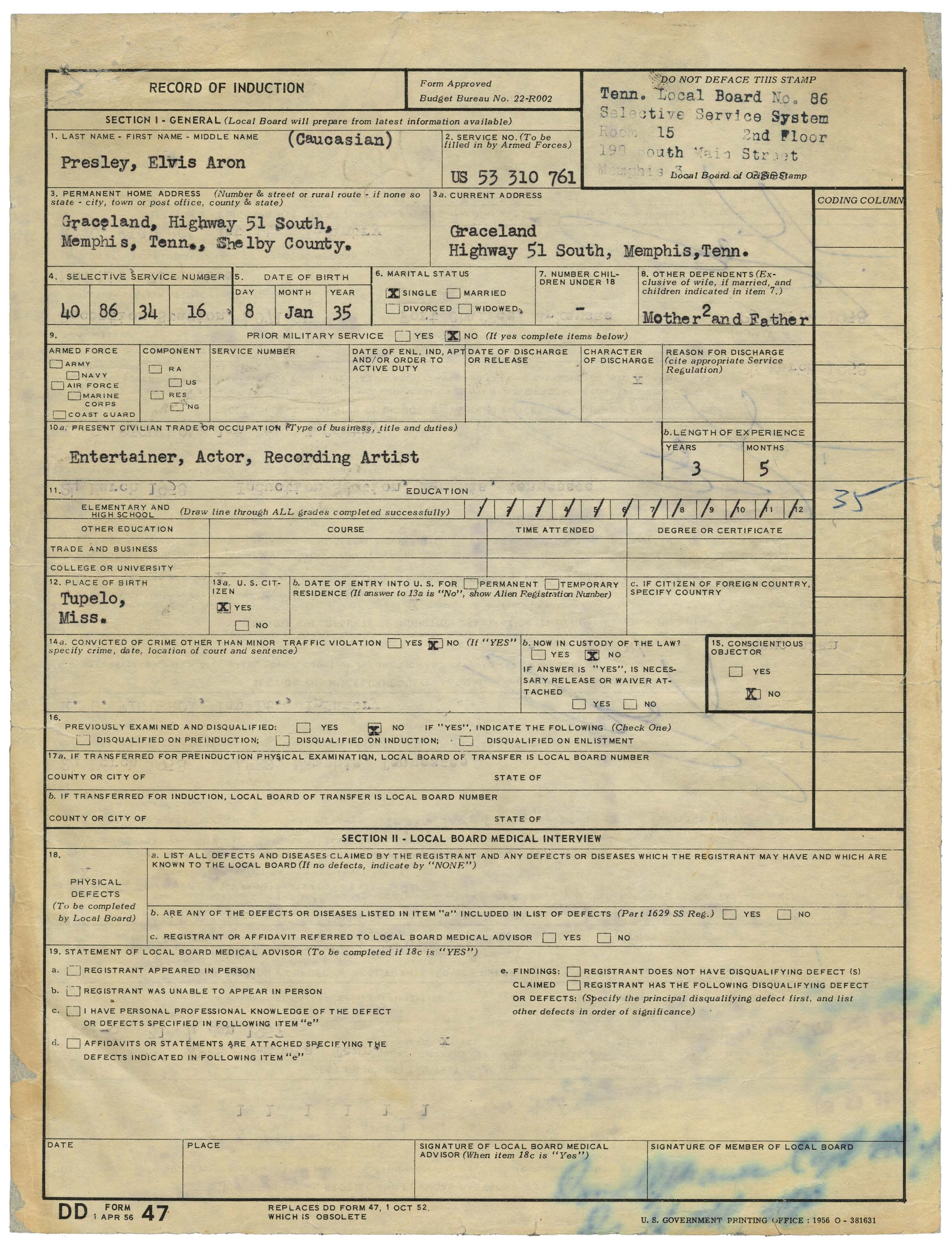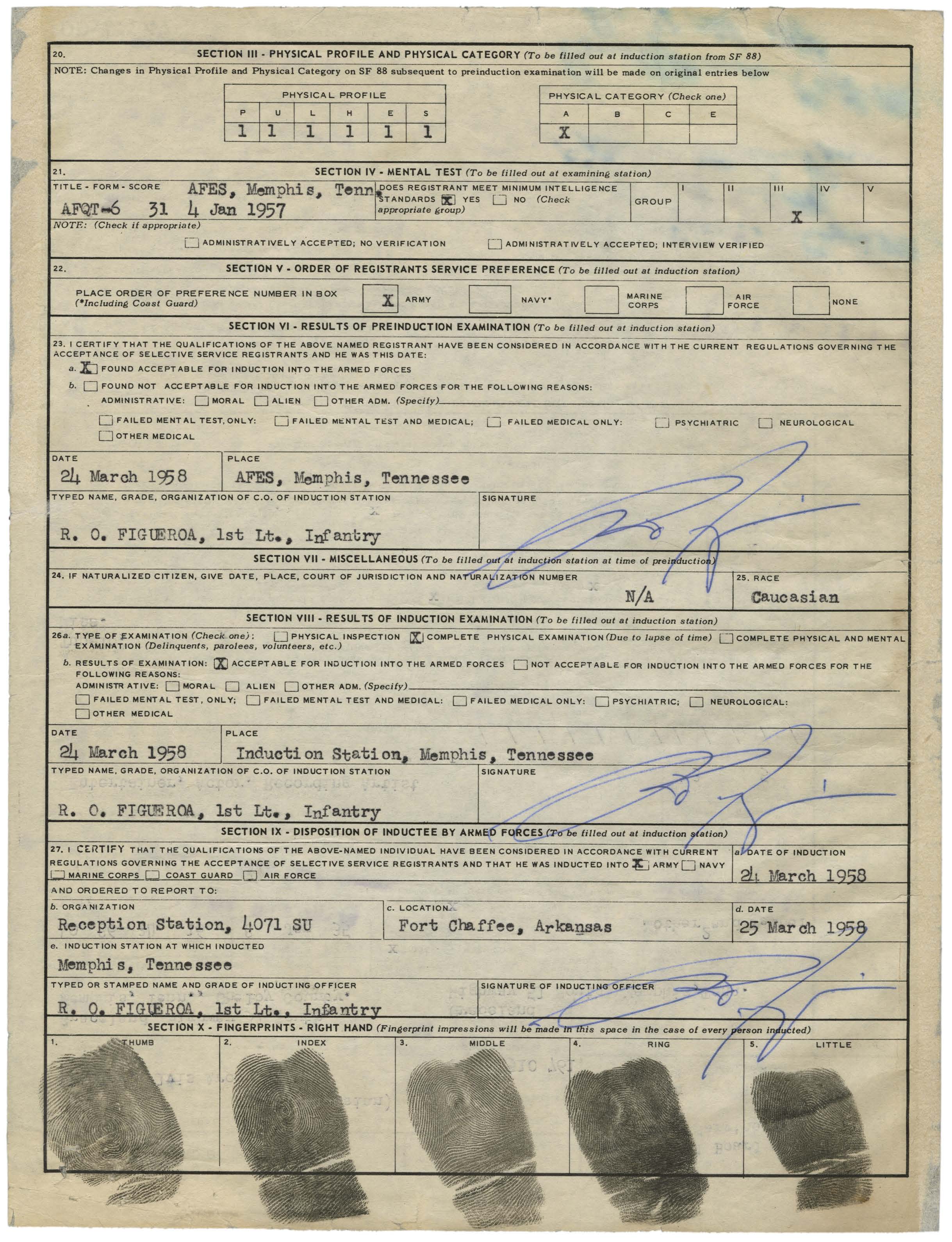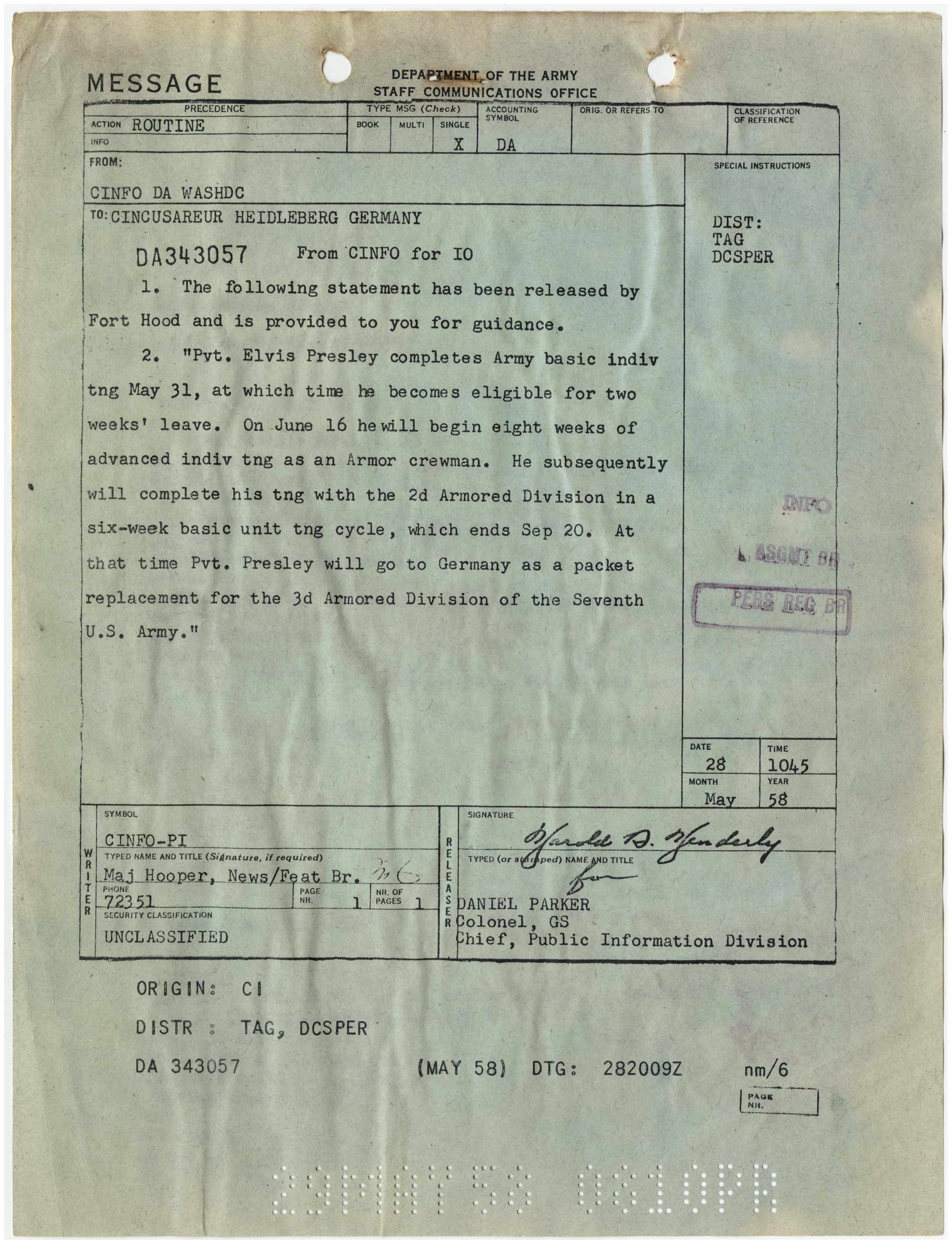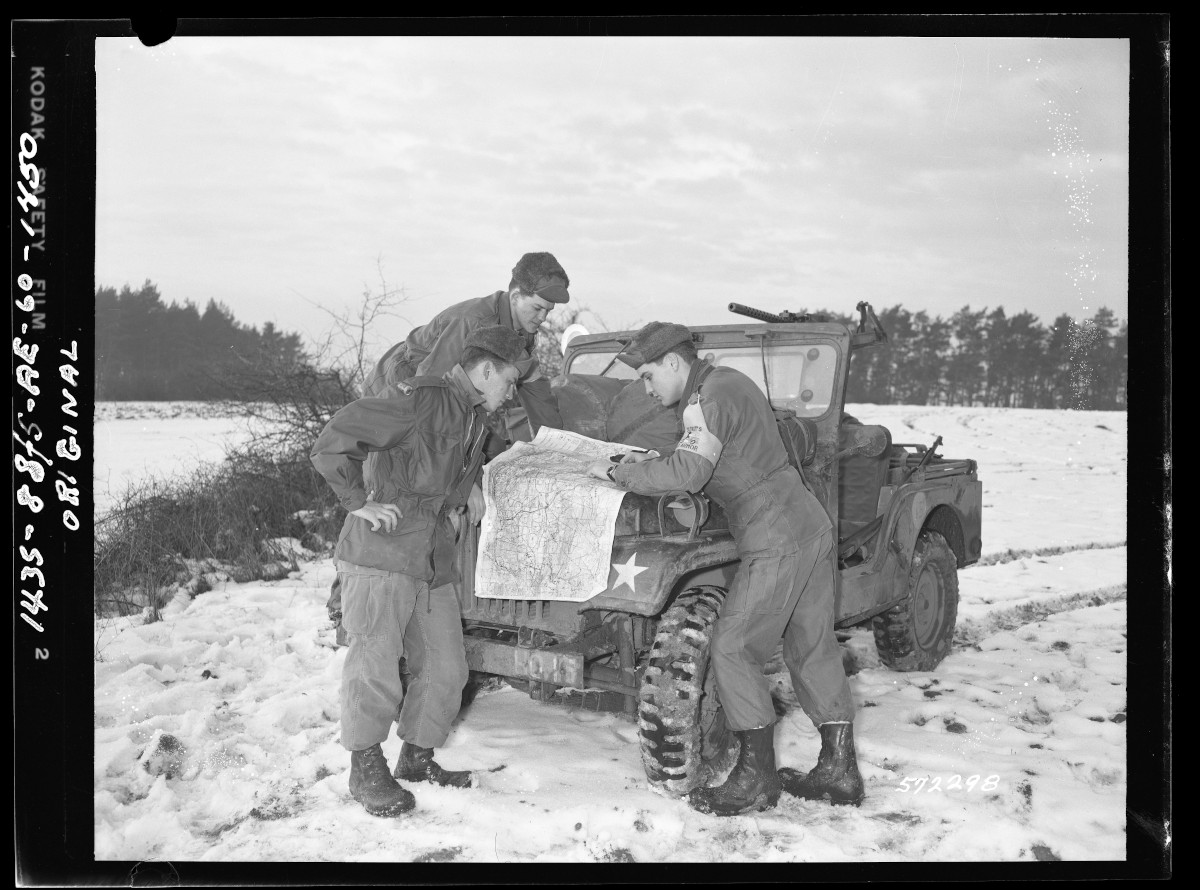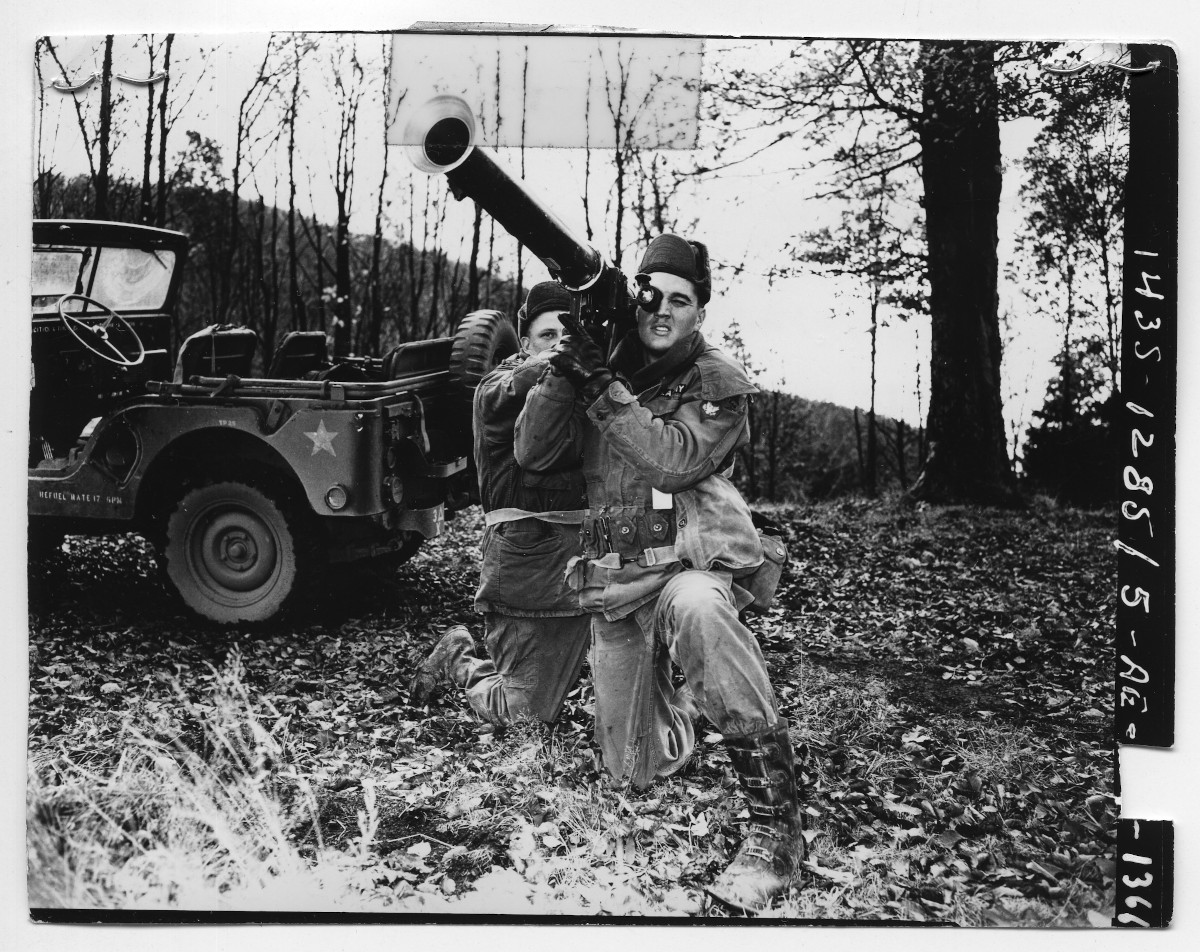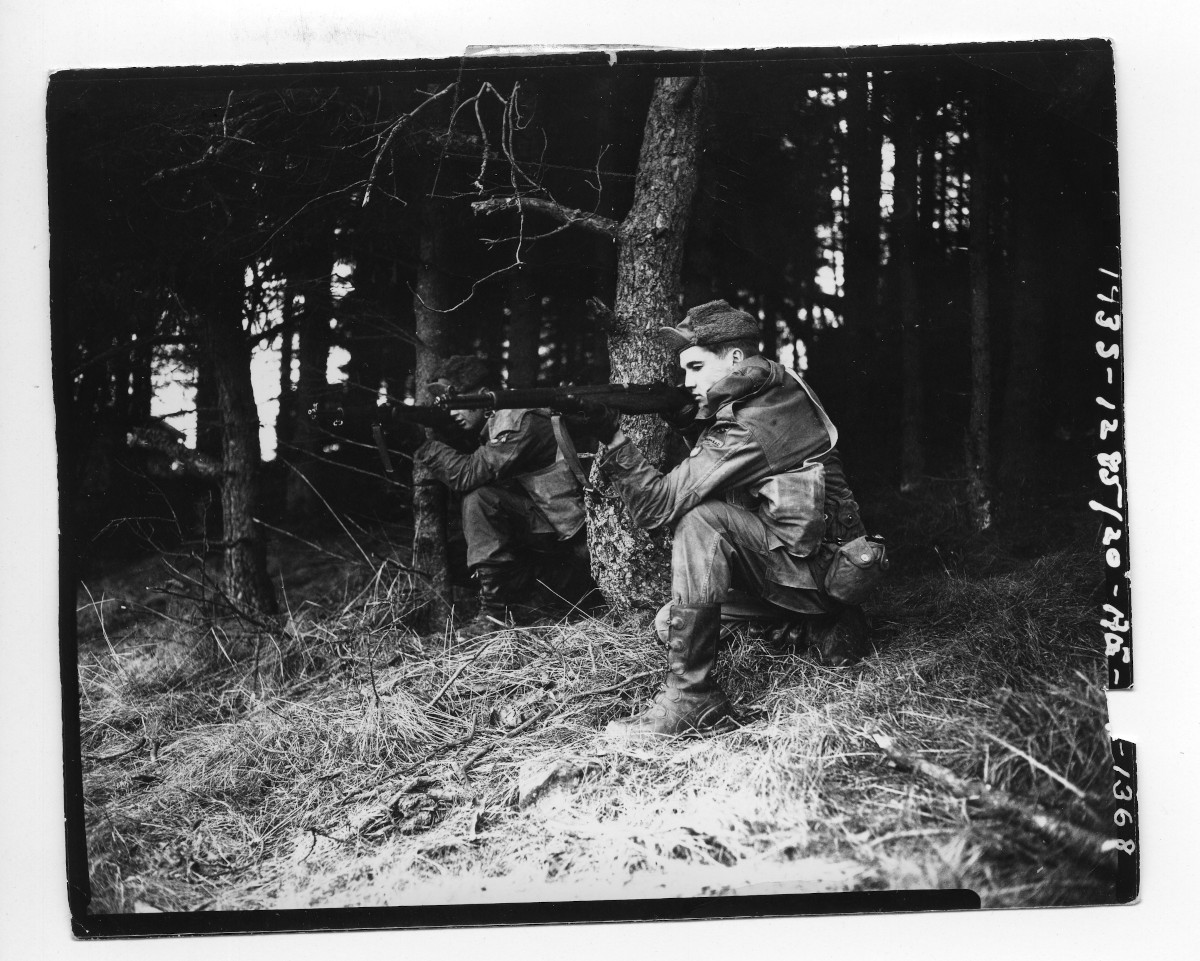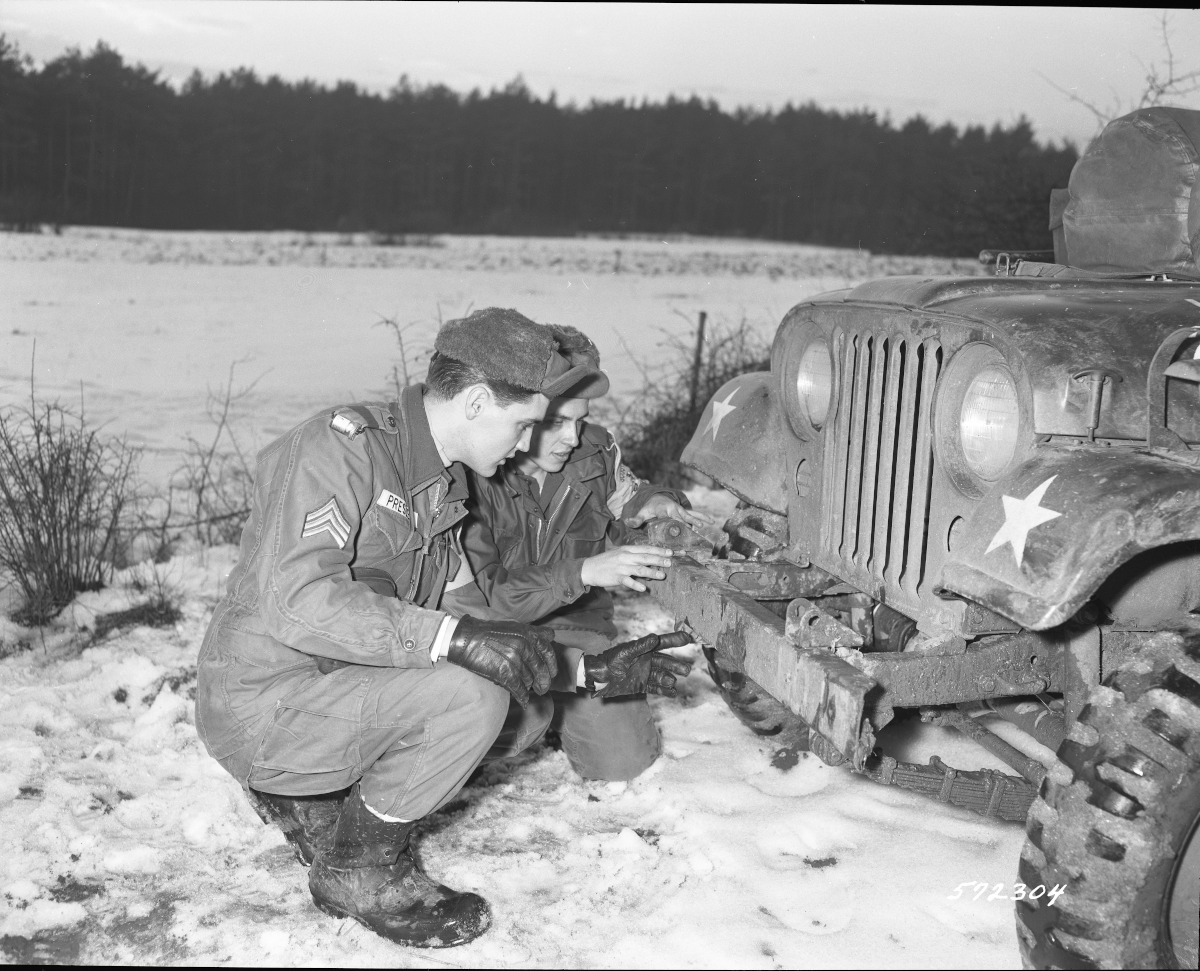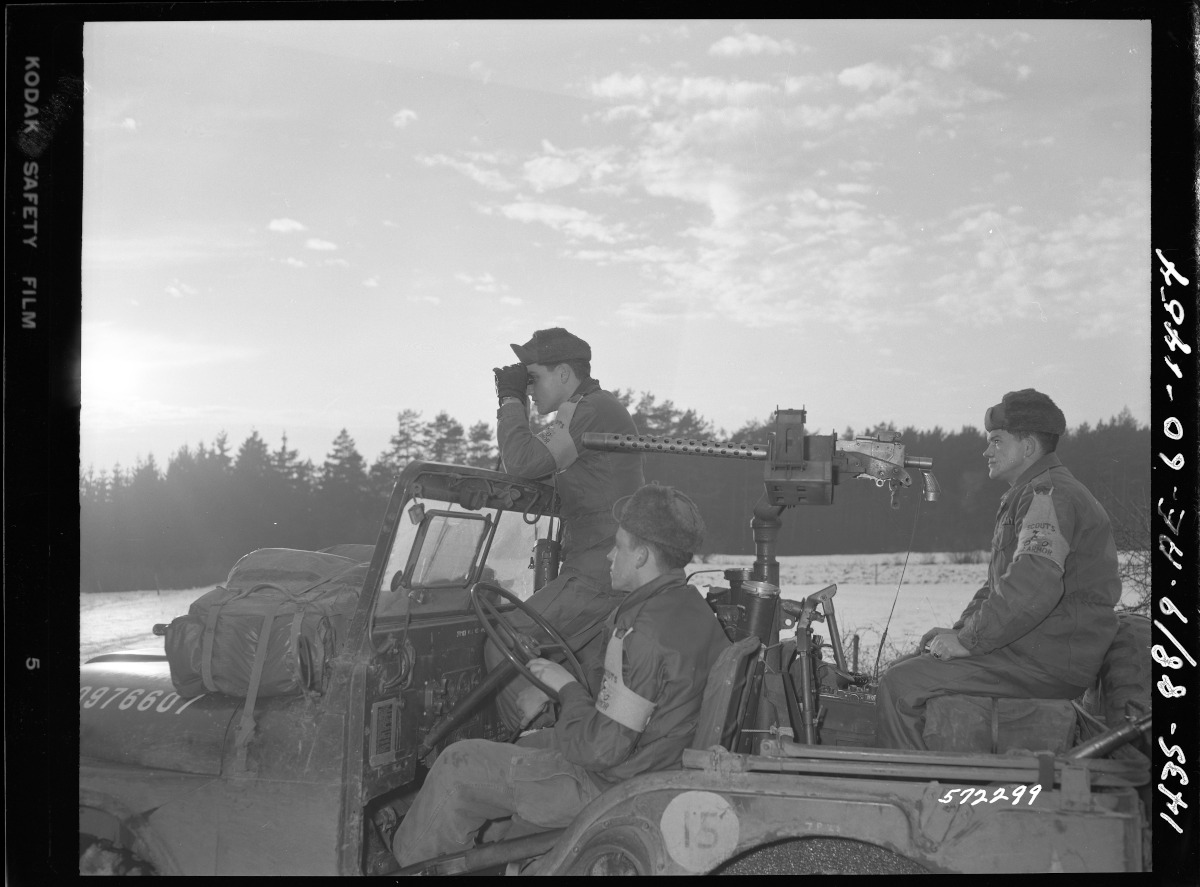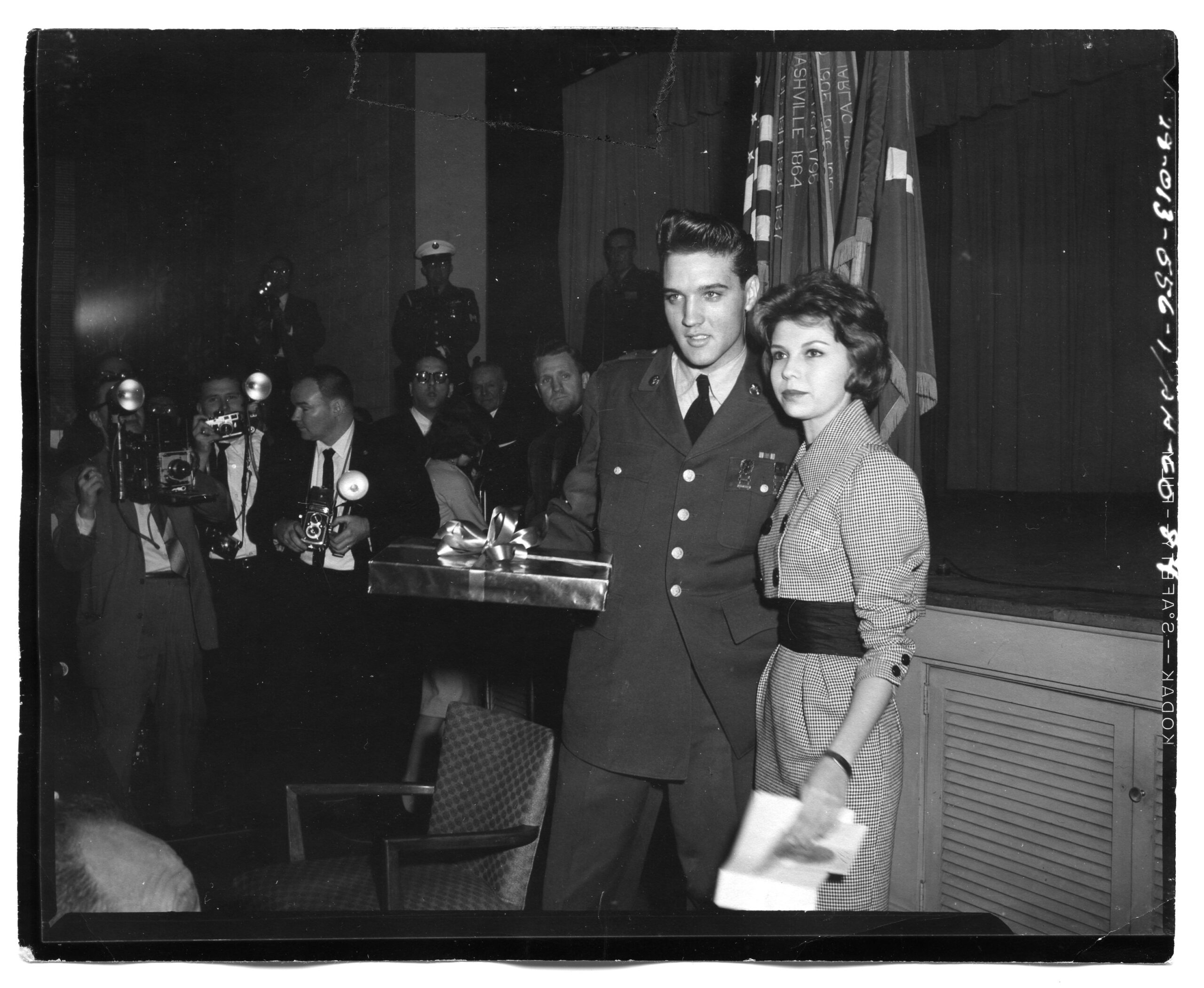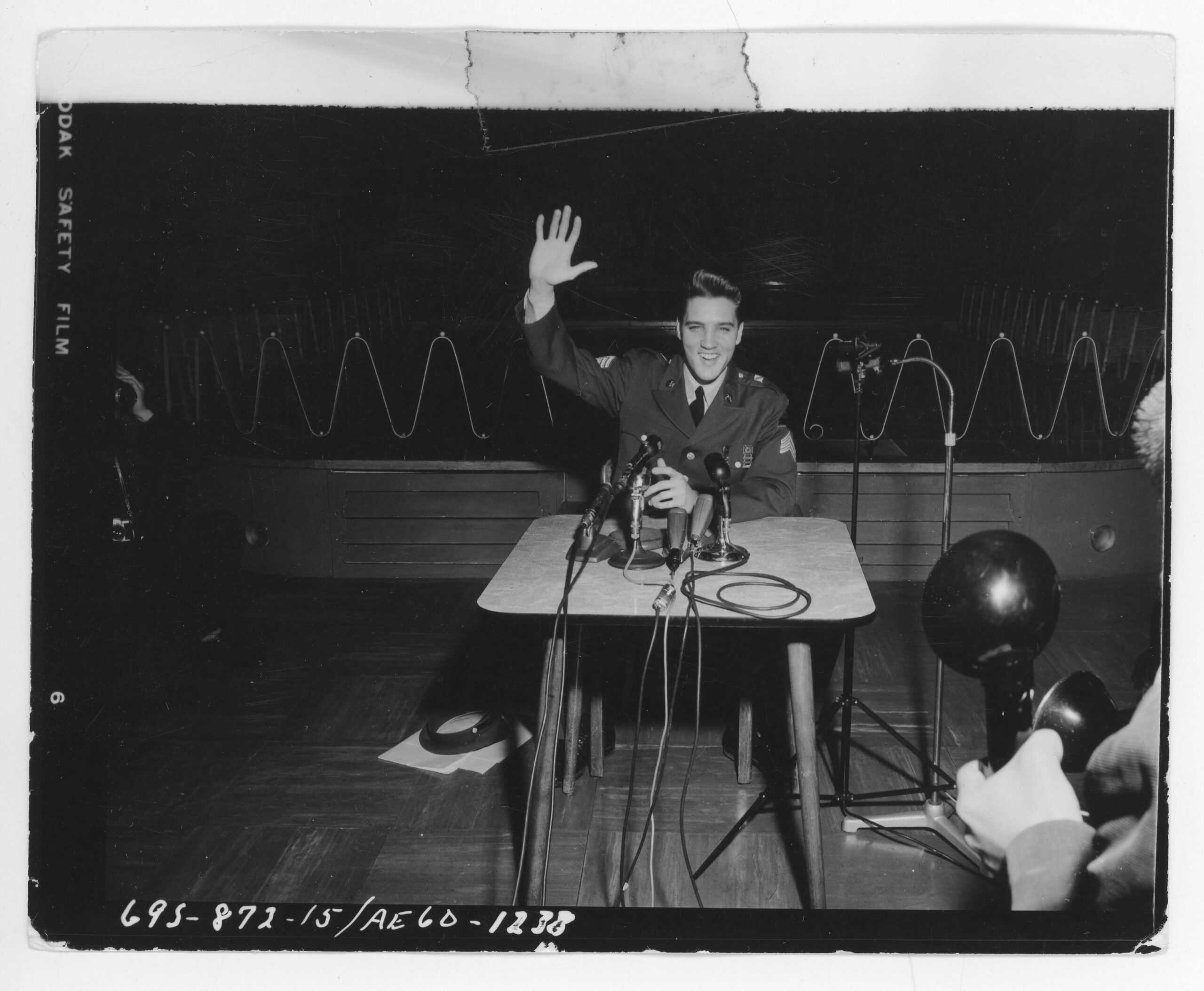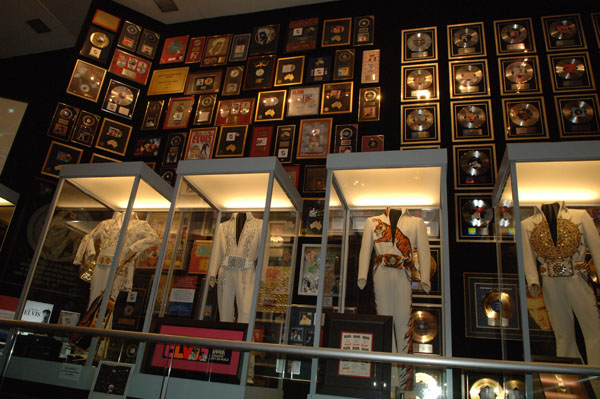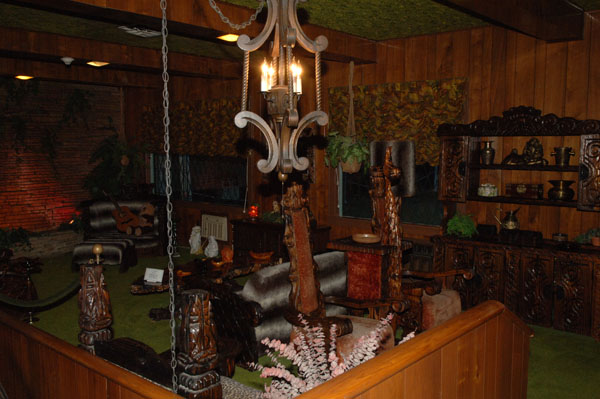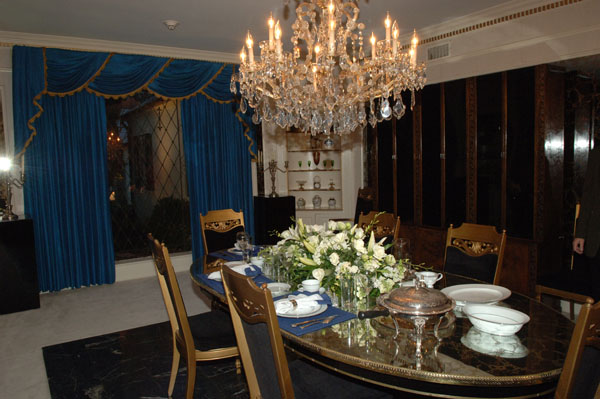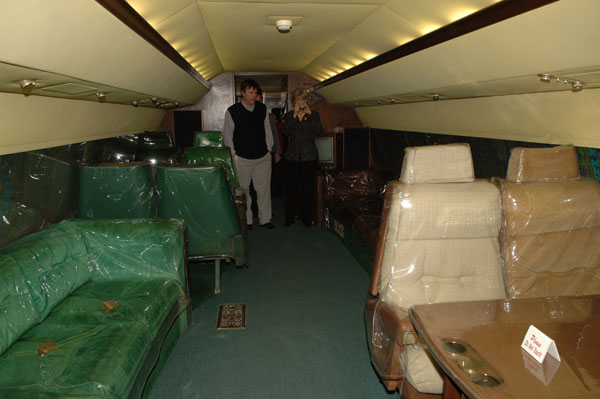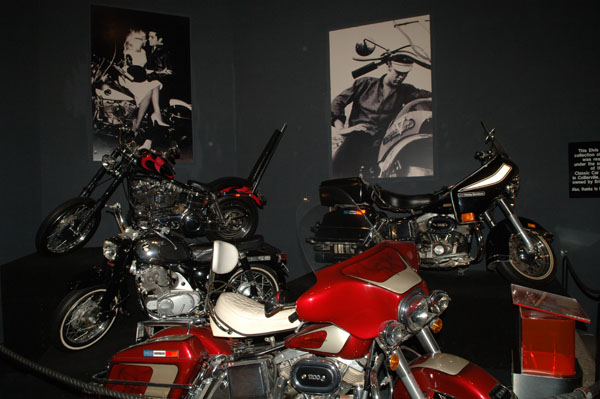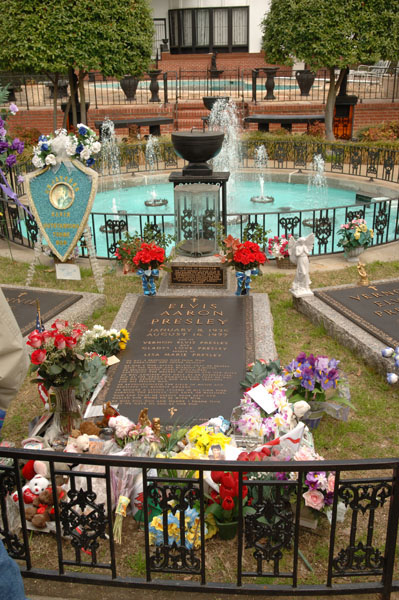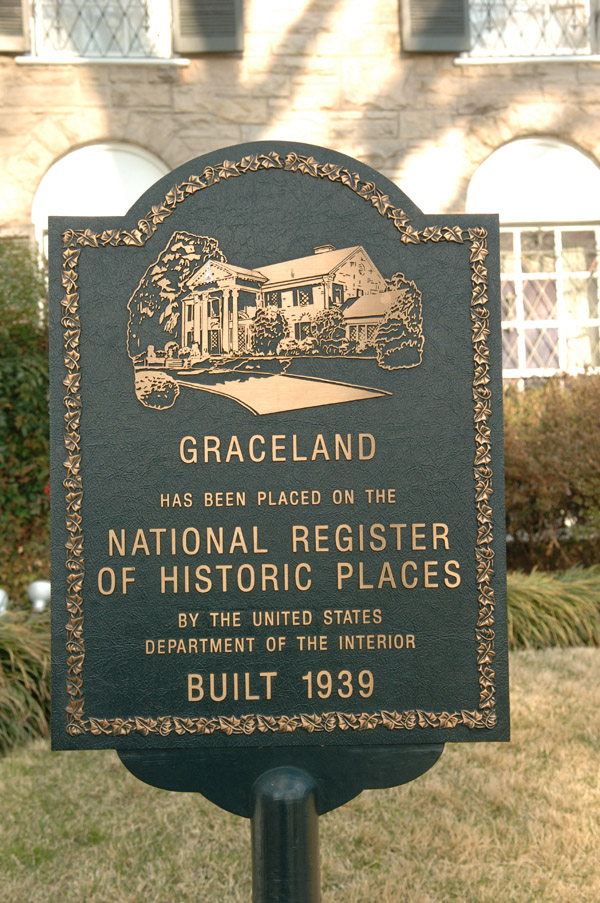Archives Experience Newsletter - August 29, 2023
The King of Rock’n’roll
Elvis was the superstar of a generation. At the height of his fame, he had more records on the Billboard Top 100 than any other artist since the list’s creation. Merch sales brought in $22 million alone, and crazed fans packed every show. There are 250,000 to 400,000 Elvis impersonators working worldwide. That’s a whole lotta love and hip shakin’ still going on today.
Elvis even holds a record at the National Archives. You may think the most requested image from the holdings is the Declaration of Independence or a presidential portrait. Nope. It’s the iconic photo below of Elvis meeting President Richard Nixon in 1970.
A star like him comes around just once in a Blue Moon…
In this issue
Got a Lot O’Livin’ to Do!
In any artist’s life, certain individuals and influences appear like lodestones, generating attractions for good and ill that may wax and wane in importance with time. The life of Elvis Aaron Presley, born to Vernon Presley and Gladys Love Presley (née Smith) in Tupelo, Mississippi, on January 8, 1935, certainly testifies to this. Elvis’ twin brother Jesse Garon Presley was stillborn 35 minutes before he was. Elvis’ first great love was his mother, with whom he was very close as long as she lived.
The Presley family lived a marginal life in a shotgun house in Tupelo, with Vernon moving from job to job. But music was Elvis’ second great influence, and the music of the Assembly of God Church his family attended was his first musical inspiration. His mother recalled that when he was only two, he would run from his seat in the congregation to the stage where the choir was performing and try to sing with them. All his life, Elvis was a student and devotee of gospel music. Until the very end of his life, he would stay up for hours after his concerts, singing gospel music with his backup singers and band members.
The community in which Elvis’ family lived was largely Black, so he grew up in close contact with Black music and culture. This was another key to his development as a musician and to his personal ethos. He was also exposed to soul, R&B, and country music, both within the community and via the radio. He began playing the guitar when he was about 11.
When Elvis was 13, his family moved to Memphis, Tennessee. Enrolled in L. C. Humes High School, Elvis honed his interest in music. He studied guitar more seriously, although he never learned to read music, playing entirely by ear. He eventually learned to play guitar, bass, and piano. He also began hanging out on Beale Street, home to Memphis’ blues music scene, where he met B. B. King. He took part in singing competitions and started playing with some of his high school buddies. He also started honing his looks, styling his hair and growing his sideburns out. He graduated from high school in June 1953 determined to become a singer.
Guitar Man
In August 1953, Elvis took a pivotal step toward his destiny when he booked some time at Memphis Recording Service, the company that Sam Phillips ran before he started Sun Records. Phillips was trying to bring rhythm and blues to white audiences, and he was particularly interested in finding a white singer who could deliver what he called the “Negro sound and the Negro feel.” Phillips was impressed with Elvis’ initial recordings, but none of the young man’s first efforts seemed quite right.
Then in July 1954, after yet another lackluster session at Sun, Elvis picked up his guitar and started playing a song by Al Crudup, “That’s All Right.” Guitarist Winfield “Scotty” Moore and upright bass player Bill Black joined in, all three of them jumping around to the music and, in Moore’s words, “acting the fool.” Phillips was in the recording booth, and he ordered the trio to start the song again so he could record it. Three days later, Dewey Phillips, a Memphis DJ, played “That’s All Right” on his “Red, Hot, and Blue” show and then, at the request of his call-in audience, he played it repeatedly for the rest of his two-hour show. A few days later, Phillips released a single of the trio singing “That’s All Right,” with Bill Monroe’s “Blue Moon of Kentucky” on the B-side.
By the end of the month, Elvis and his bandmates were performing live. Elvis was perfecting the performance style that would earn him the nickname “Elvis the Pelvis,” the moves that drove teenage girls into screaming fits and a Catholic diocese in Wisconsin to warn FBI Director J. Edgar Hoover that “Presley is a definite danger to the security of the United States. … [His] actions and motions were such as to rouse the sexual passions of teenaged youth.”
By early 1955, Elvis and his bandmates had made appearances on the Grand Ole Opry and Louisiana Hayride. It was at this point that Elvis crossed paths with Colonel Tom Parker, an illegal alien-turned music promoter who was managing singers Eddy Arnold and Hank Snow. Parker added Presley to Snow’s tour that February, and Sun Records continued to release records to support the tour.
In November, Parker and Phillips sold Presley’s contract with Sun Records to RCA Victor for $40,000, an unprecedented amount of money at the time that’s worth more than $450,000 in 2023 dollars. Elvis was still a minor at the time, so his father, Vernon, signed the contract for him. RCA re-released many of Presley’s Sun recordings and brought Presley into the studio to record new music, including “Heartbreak Hotel.” Presley’s self-titled debut album came out on March 23. Three weeks earlier, Colonel Tom Parker became Presley’s manager in an arrangement that gave him 25% of Elvis’ earnings to start with. Rather quickly, and for no apparent reason, Parker’s cut escalated to 50%, a ruinous deal that stayed in place until well after Elvis’ death in 1977.
With the release of his first album, a relentless touring schedule, and continuous television appearances, Elvis was fast becoming a superstar. He also began making movies, starting with Love Me Tender in 1956, the first and only film in which he did not receive top billing. Critics panned it, but it did well at the box office. He was in the middle of making his fourth film, King Creole, when fate came knocking yet again on December 20, 1957, in a letter from Uncle Sam. Elvis was being called up for military service.

Letter to President Eisenhower from fans asking the Army not to cut Elvis’s sideburns
National Archives Identifier: 594359

Letter to Mamie Eisenhower asking the Army to bring Elvis home safely
National Archives Identifier: 57304571, page 85

Letter to President Eisenhower about the newspaper story of Elvis coming home early from the Army
National Archives Identifier: 57304571, page 112
I’m Coming Home
Elvis was not Parker’s first client in the music business, so he had always been a little skeptical of Elvis’ prospective longevity. He didn’t really expect the singer’s career to survive a long absence from the public eye. Elvis reported to Fort Chaffee in Arkansas on March 24, 1958, and then was sent to Fort Hood, Texas. In August, his mother became ill with hepatitis, and Elvis traveled back to Memphis on emergency leave in time to be with her when she passed away on August 14. She was 46 years old. In many ways, Elvis never recovered from losing her.
Elvis returned to Fort Hood and then was stationed in West Germany. While there, he made two more important acquaintances that changed his life: amphetamines, to which another soldier introduced him to keep him alert on maneuvers, and 14-year-old Priscilla Beaulieu, the daughter of an Air Force officer and his wife stationed in West Germany. When he returned to the U.S. after his discharge from the Army in March 1960, Elvis persuaded Priscilla’s parents to let her live with him and his family at Graceland, the mansion outside Memphis he had bought in 1957, despite the 10-year gap in their ages. They married after a nearly eight-year courtship on May 1, 1967. Their only child, Lisa Marie Presley, was born on February 1, 1968.
Elvis had worried that his absence from the U.S. would tank his popularity, but the train carrying him from New Jersey to Tennessee was mobbed, putting any such doubts to rest for good. But Parker immediately sent Elvis back to recording and to making modestly budgeted films that were universally panned by the critics and that made piles of money rather than touring, which drastically affected his popularity, particularly as other musical groups such as the Beatles and the Rollings Stones took the international stage. Presley continued to release soundtracks from his movies, but they declined in success as time moved on. The soundtrack for Clambake, released in October 1967, recorded the lowest sales of any Presley album to date.

Letter confirming that Elvis will NOT be discharged early for “good behavior”
National Archives Identifier: 299788

Newspaper clipping for Elvis potential “good behavior” discharge
National Archives Identifier: 299790

Certificate of achievement award for Elvis’s Army service
National Archives Identifier: 299793
Elvis military recruitment newsreel (starts at 3:11)
(6 minutes 42 seconds)
Source: National Archives Identifier: 234274178
If I Can Dream
Then on December 3, 1968, Elvis burst back onto the scene with a televised concert titled “Singer Presents . . . Elvis.” Airing on NBC, and masterminded by director Steve Binder and Elvis himself, who worked together to largely circumvent Colonel Parker’s plans for a warmhearted, traditional Christmas program, the concert brought Elvis roaring back into the public eye as the rock ’n’ roller he had always been, a reminder that he was not ready to surrender his position as the King just yet.
He ended the program with a new song, “If I Can Dream,” his declaration of allegiance to the Civil Rights movement. He wore a white double-breasted suit and stood before his name, “ELVIS,” spelled out in red lights. The song reached number 12 on the charts. His friend Jerry Schilling said that the concert reminded Presley of what “he had not been able to do for years, being able to choose the people; being able to choose what songs and not being told what had to be on the soundtrack….He was out of prison, man.”
Unfortunately, Colonel Parker’s immediate reaction to the special was to negotiate a residency in Las Vegas for Elvis that kept him tied to that city for the rest of his life. In 1973, he and Priscilla divorced, and she moved with Lisa Marie to Los Angeles, although Lisa continued to spend a lot of time with her father. At this point, Elvis was increasingly relying on prescription drugs to get him through his heavy concert and recording schedule, and his poor diet and lack of exercise contributed to his declining health.
Always on My Mind
Elvis died at Graceland on August 16, 1977. The medical examiner immediately declared that drugs had played no role in his death, but subsequent examinations definitively proved that Elvis had been abusing prescription drugs for years and that he suffered from glaucoma, diabetes and chronic constipation. Two years later, when his father Vernon died and Priscilla Presley became the executor of Elvis’ estate, she learned that her daughter Lisa Marie’s inheritance was worth only about $1 million because of mismanagement and back taxes.
Priscilla hired Jack Soden to manage Graceland, and they opened the estate to the public. Only four weeks after opening Graceland’s doors, the estate was operating in the black. Priscilla became the chairperson and president of Elvis Presley Enterprises (EPE) and announced she would remain in the position until Lisa Marie reached 21 years of age.
Furthermore, a Memphis estate judge appointed an attorney to represent Lisa Marie’s interests in Elvis’ estate, resulting in Colonel Parker being called to explain the fortune he had been paid under his arrangement with the singer. The estate finally settled with Parker to ensure that he would have no further say in Elvis’ business dealings and Lisa Marie’s inheritance would be secure.
Since Priscilla Presley took over management of EPE in 1979, its value has soared to more than $400 million, and Graceland became the second-most-visited home in the country, behind only the White House. Elvis Presley has been inducted into the Rock and Roll Hall of Fame (1986), the Country Music Hall of Fame (1998), the Gospel Music Hall of Fame (2001), the Rockabilly Hall of Fame (2007), and the Memphis Music Hall of Fame (2012). In 2005, he was the top-earning deceased celebrity for the fifth straight year; he was second in 2006, first again the next two years, fourth in 2009, and second again in 2010, when his annual income reached $60 million with the celebration of his 75th birthday.





